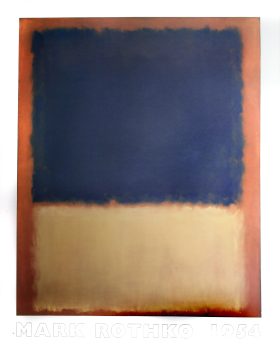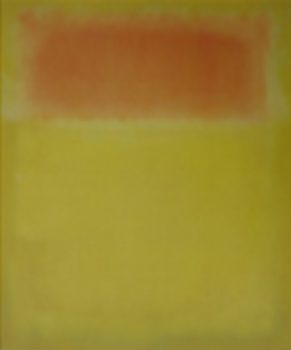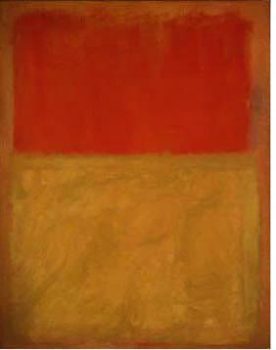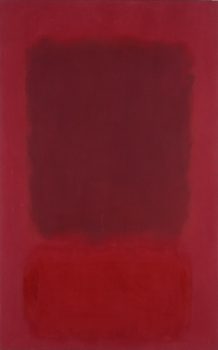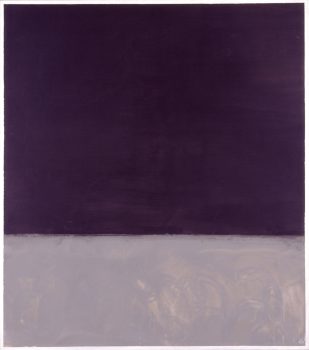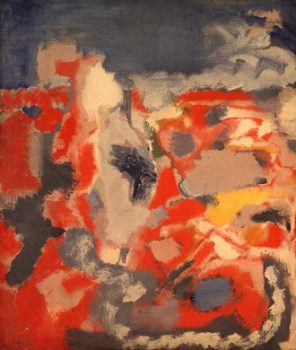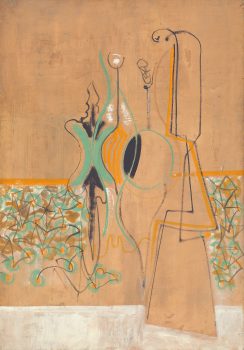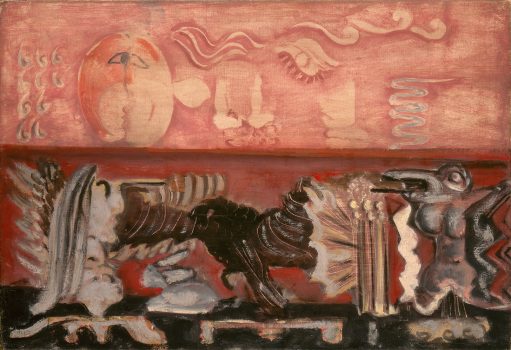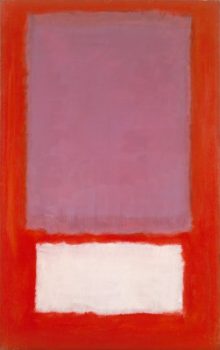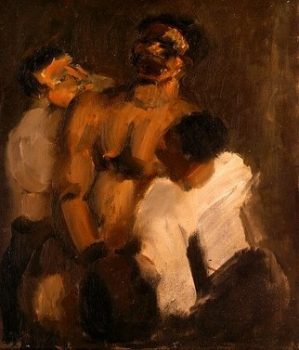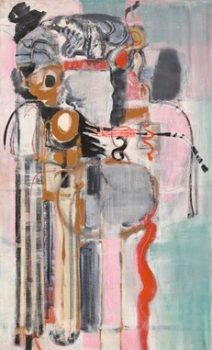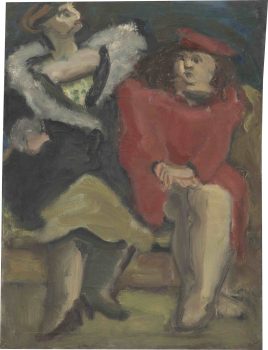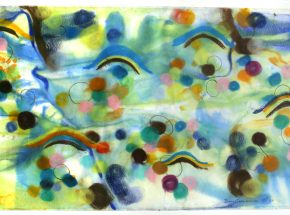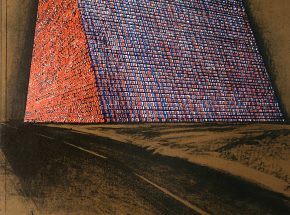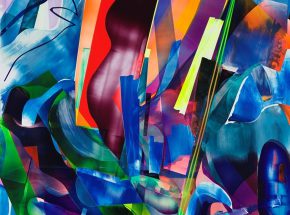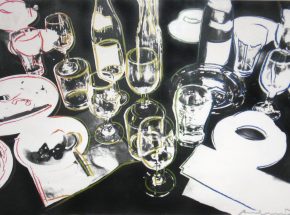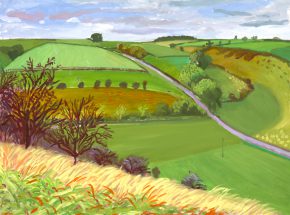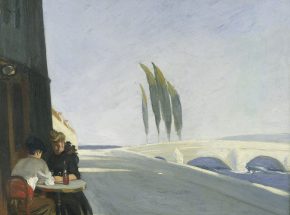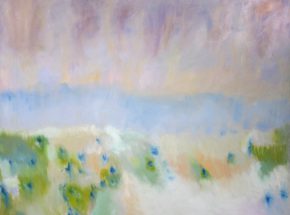
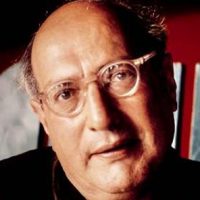
One of the most celebrated artists in U.S. history, Mark Rothko is best known for his luminous, large-scale paintings composed of weightless rectangular forms executed in pure veils of color. Rothko didn’t begin his career as an abstract artist; in the 1930s, he painted primarily street scenes and interiors with figures. Rejecting conventional or idealized modes of representation, he stressed an emotional approach to the subject, adopting a style characterized by deliberate deformations and a simple paint application. Rothko gradually pared down his compositions until the late 1940s when he arrived at the distilled, iconic style that characterizes his mature oeuvre, eliminating, as he noted, “all obstacles between the painter and the idea, and between the idea and the observer.”
